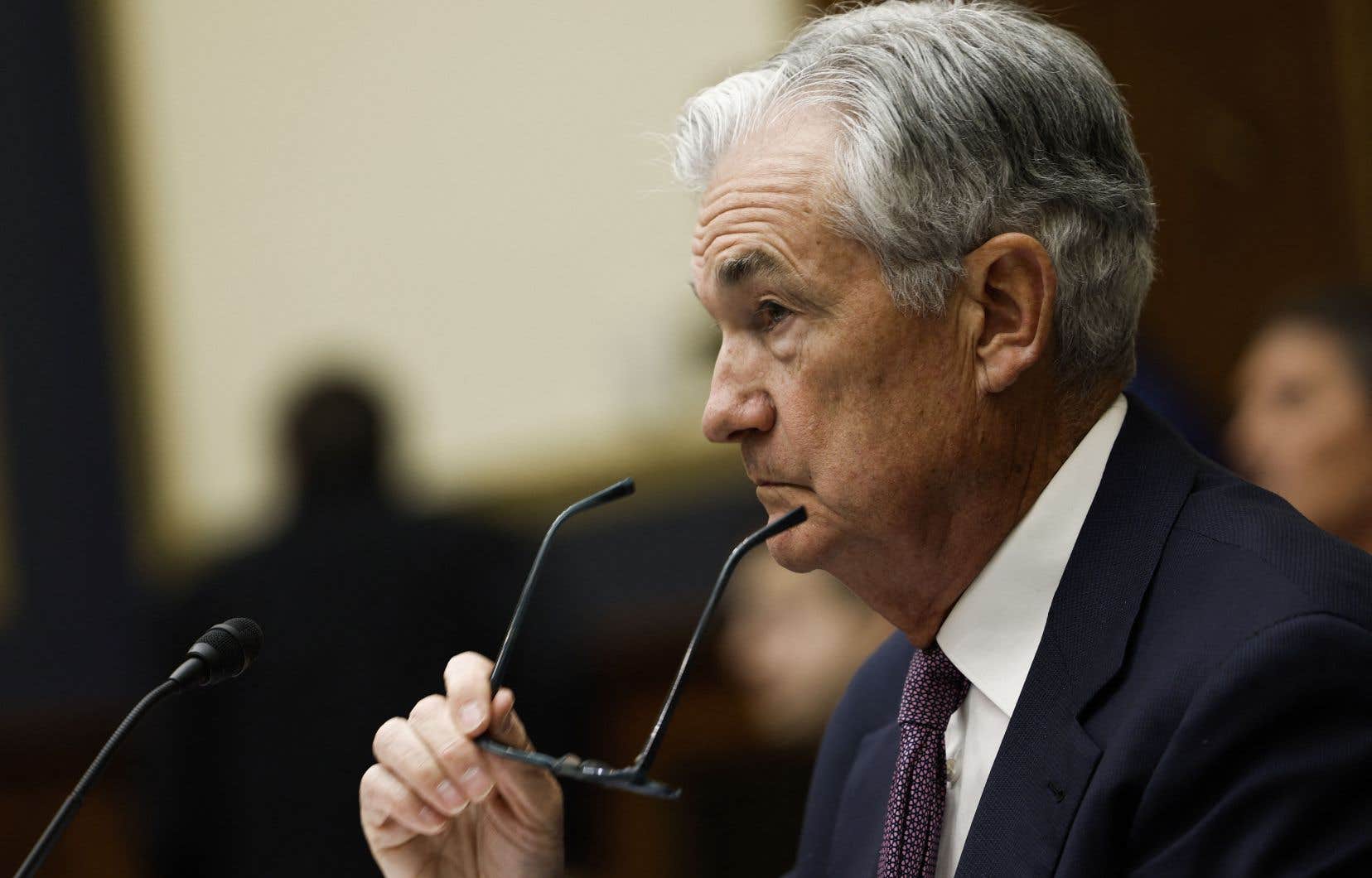All eyes are on the US central bank on Wednesday, which wraps up its meeting and will say whether it will raise rates, as confidence appears to be returning to markets after two weeks of turmoil in the banking sector.
The powerful Fed is faced with a difficult trade-off: continue to raise its main key rate to curb high inflation, or take a break, in order to avoid aggravating the difficulties of the banks?
“The near-death experience in the banking sector over the past two weeks should make Fed officials more measured,” said Steve Englander, senior economist at Standard Chartered and former Fed economist.
The assumption of a moderate increase, of a quarter of a percentage point, or 25 basis points, overwhelmingly prevails among market players, according to CME Group’s assessment.
Expectations had been on a roller coaster, going from a sharp rise of half a percentage point after the Fed Chairman’s remarks on inflation in a matter of days, to zero when the mini-banking crisis hit.
The bankruptcies of US regional banks Silicon Valley Bank (SVB), Signature Bank and Silvergate have created a wave of concern. Governments, central banks and regulators intervened urgently to try to restore confidence, the best weapon to avoid contagion.
But the Swiss bank Credit Suisse, already in difficulty for years, paid the price, and was urgently bought out on Sunday by its compatriot UBS.
“Restore Trust”
Calm seems to have returned since Tuesday: after two rebound sessions at the start of the week, European stock markets are moving around equilibrium on Wednesday. On Wall Street, which finished in the green on Tuesday, it was even the banking sector that led the market up. The American bank First Republic has soared by almost 30%.
“The pressure on banking sector stocks seems to be easing after the actions of regulators to restore confidence”, commented Rubeela Farooqi, chief economist for HFE, who does not however rule out the risk of “fear of new bankruptcies and a risk of contagion”.
The Fed lent about $164 billion to US banks within days, so that any customers who wanted to withdraw their money could do so, as well as $142.8 billion to the two entities created by US regulators to succeed SVB and Signature. Bank.
Contrary to the Fed’s fight against inflation, these loans increased its balance sheet by $297 billion, which it had been trying to reduce since June.
The Fed meeting began Tuesday morning and will end Wednesday at midday. A press release will be issued at 2 p.m. and then the institution’s president, Jerome Powell, will hold a press conference at 2:30 p.m.
Jerome Powell “will recognize the risks to the banking sector, but will argue that the threat is contained”, anticipates Ian Shepherdson, chief economist for Pantheon Macroeconomics.
Like the ECB?
For him however, “any rate hike today is a mistake”, because “the Fed has done enough to bring inflation back to target, and we cannot be sure that the threats against the banking system have passed”. .
Especially since the fall of these banks was pushed by the increases in the Fed’s rates, which climbed at a rate not seen since the beginning of the 1980s, during the episode of very high inflation that had then been experienced United States.
Between 0 and 0.25% a year ago, rates are now between 4.50 and 4.75%.
The Fed will also update its economic forecast and its officials will say how far they see rates rising.
The US central bank is all the more under pressure as its European counterpart, the ECB, raised its rates by 0.50 percentage points on Thursday, ensuring that it would not compromise between price stability and financial stability.
Its president Christine Lagarde reiterated on Wednesday that the guardians of the euro still had “some way to go” to fight inflation, while warning that financial tensions “create new risks” for the economy.
And in the United Kingdom, inflation rebounded in February to 10.4% year on year, driven by a further acceleration in food prices.
